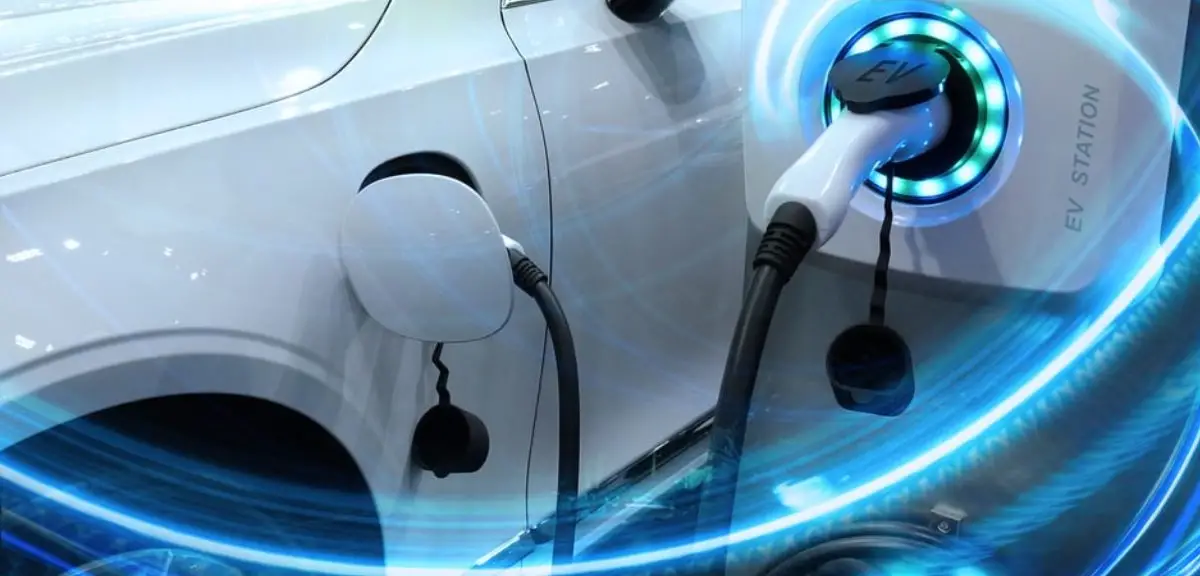To Buy or Not to Buy? A Thematic Guide to Electric Vehicle Purchase in 2023
Are you considering purchasing an electric vehicle (EV)? It’s an exciting time to be in the market for a new car, with EVs becoming more prevalent and affordable. But with all the options out there, you may be wondering whether to buy now or wait for future models. In this blog post, we’ll explore the various factors that can influence your decision, including cost, range, and charging infrastructure, and provide some statistics to help you make an informed choice.
- Cost: Buying vs. Leasing One of the most significant factors to consider when purchasing an EV is the upfront cost. EVs can be more expensive than traditional gasoline-powered vehicles, although the price has been decreasing steadily over the past few years. According to a recent report by BloombergNEF, the average price of a midsize EV fell to $33,058 in 2022, a 13% decrease from 2021.
One way to make an EV more affordable is to lease rather than buy. Leasing allows you to pay for the use of the vehicle over a set period (typically three years), with lower monthly payments and little or no down payment required. Leasing also ensures that you’re always driving a relatively new car, which can be important if you’re concerned about staying up-to-date with the latest technology.
- Range: How Far Can You Go? Another crucial factor to consider when buying an EV is range. The range is the distance the car can travel on a single charge, and it can vary widely depending on the model. The range is improving with each new generation of EVs, but it’s still important to think about how far you typically drive and whether the range of a particular EV will meet your needs.
According to a recent report by the US Department of Energy’s Office of Energy Efficiency & Renewable Energy, the median range for all-electric cars in the United States is 268 miles. However, this varies widely depending on the model, with some EVs offering ranges as low as 80 miles and others as high as 400 miles.
- Charging Infrastructure: Is It Available? Another factor to consider when buying an EV is the availability of charging infrastructure. EVs need to be charged, and this requires access to charging stations. While charging infrastructure is expanding rapidly across the United States, it’s still not as ubiquitous as gasoline stations.
According to the US Department of Energy’s Alternative Fuels Data Center, as of May 2023, there were over 102,000 public charging stations in the United States, with over 373,000 charging outlets. This includes fast charging stations that can provide an 80% charge in as little as 20 minutes. However, the distribution of charging stations is uneven, with some regions having more infrastructure than others.
- Conclusion: To Buy or Wait? So, should you buy an EV now or wait? The answer depends on your individual circumstances and priorities. If you’re concerned about the upfront cost, leasing may be a good option. If range anxiety is an issue for you, it may be worth waiting for future models with better battery technology. If charging infrastructure is limited in your area, it may be more challenging to own an EV.
Ultimately, the decision to buy or wait should be based on a careful consideration of all the factors involved. And with the EV market evolving so rapidly, it’s worth keeping an eye on new models and technological advances to make an informed decision.

